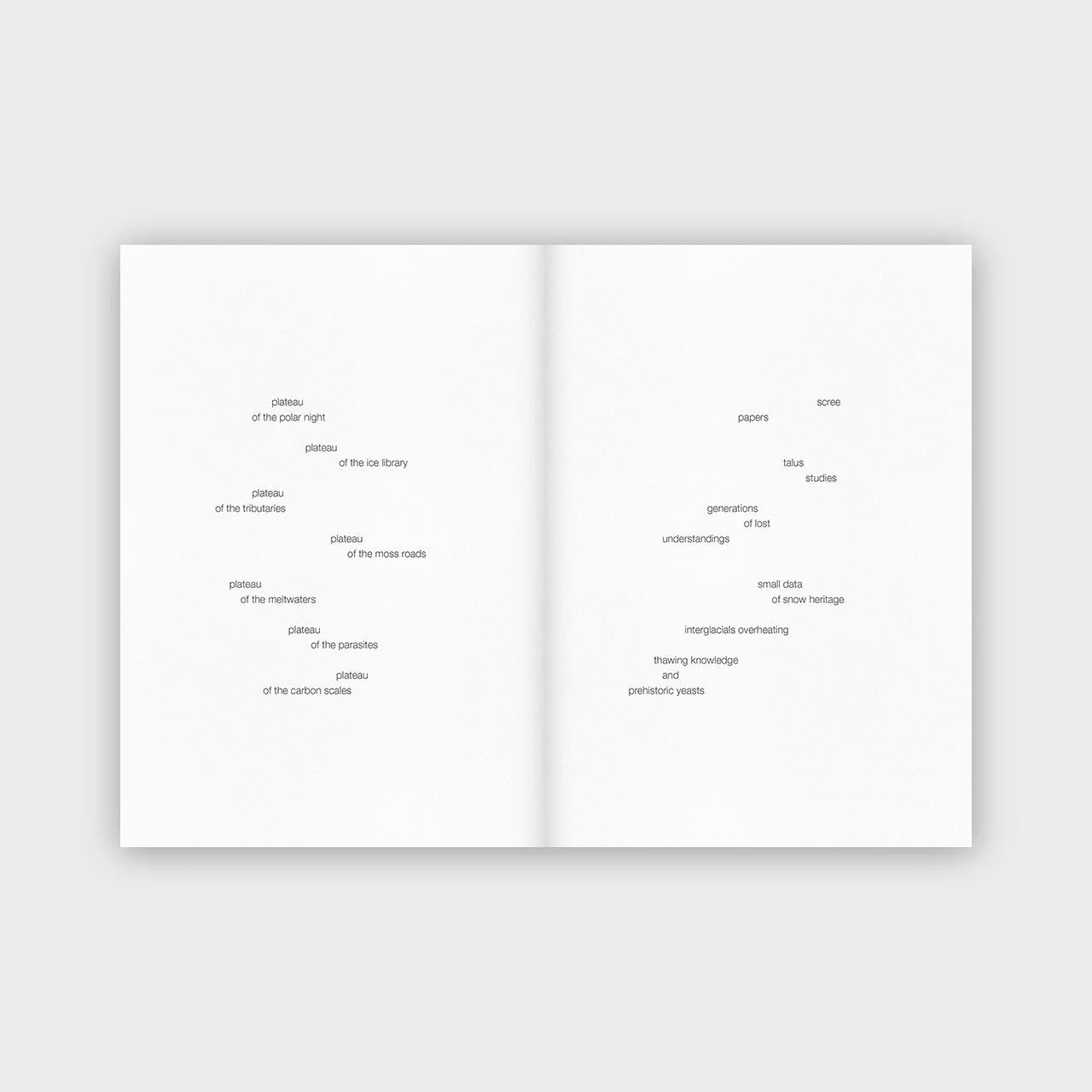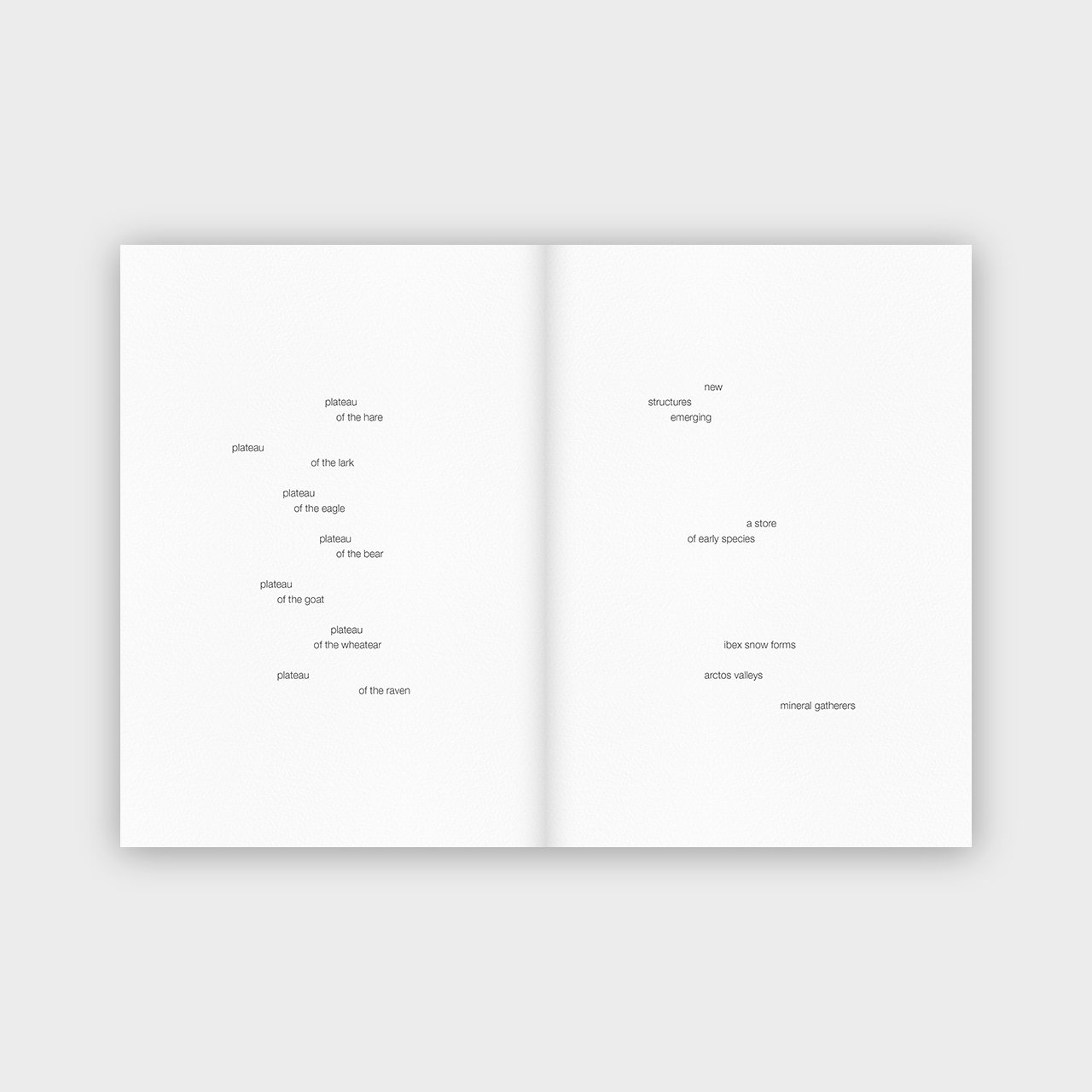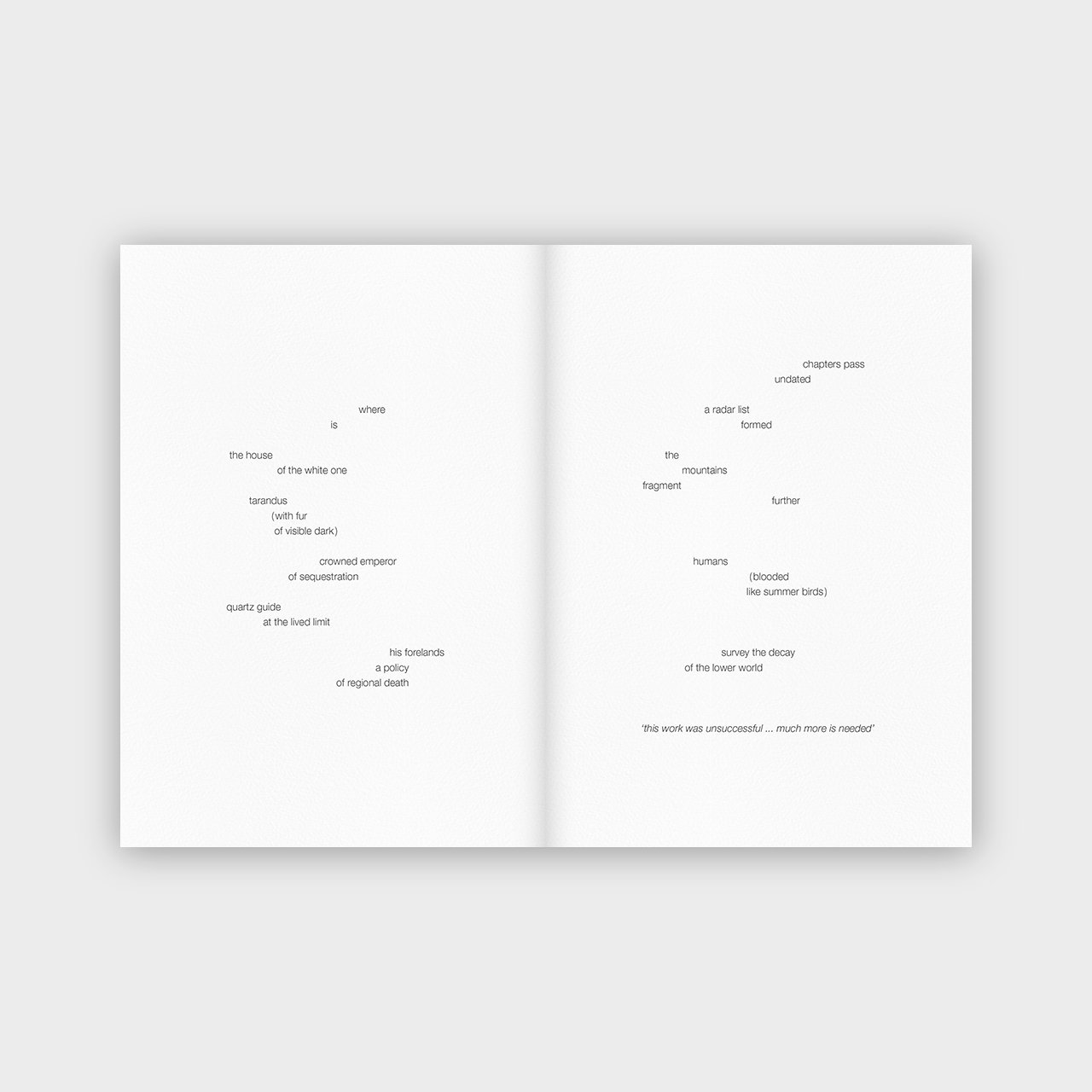



an Càrn Gorm / am Monadh Ruadh: a cosmogenic study (2023)
an Càrn Gorm / am Monadh Ruadh is a long poem that reimagines the history of the Cairngorm mountains along mythological and folkloric lines. Together with the musical composition Plateau, it is part of Looking Up, a research project focusing on the post-glacial landscape, archaeology and heritage of the Scottish Uplands, led by Sam Kelley (University College of Dublin, School of Earth Sciences), Graeme Warren (University College Dublin, School of Archaeology) and Alice Doughty (University of Maine, School of Earth and Climate Sciences).
One of the project’s aims was to discover new evidence of early Holocene hunter-gatherers on the Cairngorm high plateau. As the area is so expansive, a range of ‘predictive models’ were used to help narrow the search. Given that prehistoric peoples are thought to have followed the migrations of animal herds, new models of mass reindeer (Rangifer tarandus) movements across the Cairngorms were developed in order to determine areas where humans might have also passed. The archaeological fieldwork itself involved surveying large regolith-strewn stretches of upland terrain in the hope of finding microliths that measure only one or two centimetres in length. The difficulty of this task is obliquely reflected in the poem’s allusion to the figure of Tarandus, a fabled reindeer-like creature from the ancient world that could change the colour of its ‘hair’ at will, thereby enabling it to hide from predators.
The poem then goes on to reimagine the Cairngorms as a ‘Caribou (i.e. reindeer) House’ - a term drawn from Naskapi mythology describing a hollow range of mountains formed from caribou ‘hair’. This real/unreal place is where all caribou were thought to live, under the stewardship of a supernatural protector who only released his charges to respectful hunters. The poem itself is composed entirely from various texts produced or cited by the Looking Up project. These texts were collated and then randomly intermingled to create a text field in imitation of upland boulder-fields. The process of ‘finding’ the poem within the source text was therefore analogous to the activity of archaeological fieldwork — rather than being ‘read’ in a simple linear fashion it was ‘traversed’ in numerous directions so that patterns of meaning might emerge out of the gamut of spatial relationships.
Looking Up: the future of early prehistoric heritage in Europe’s mountains is funded by the Irish Research Council’s COALESCE programme 2021–2023 (IRC COALESCE/2021/78) and is coordinated by University College Dublin’s School of Archaeology and School of Earth Sciences, with partners in University of Maine, Purdue University (both USA) and Aberdeenshire County Council.
Free copies (while stocks last) are available from Corbel Stone Press.